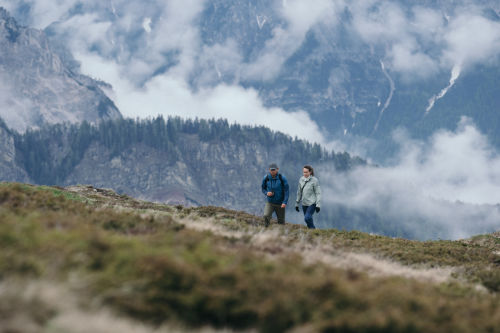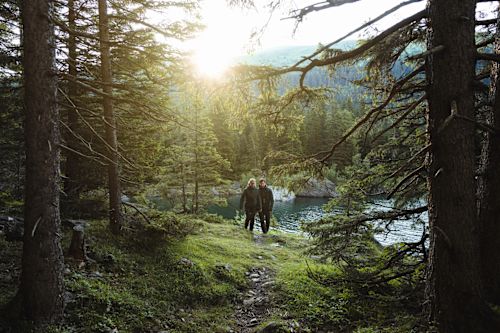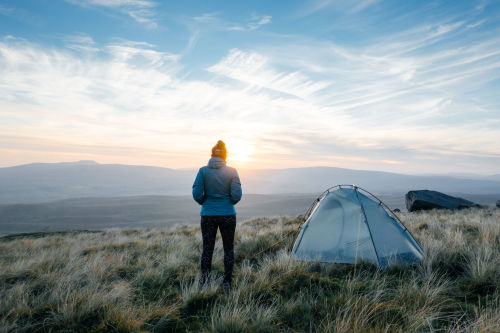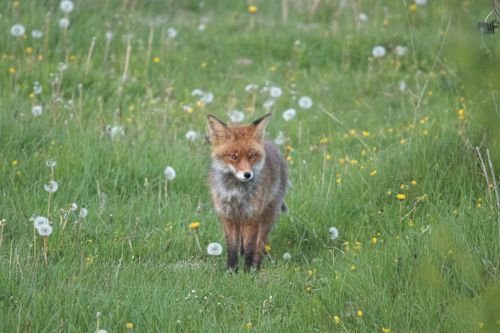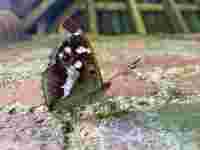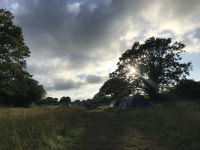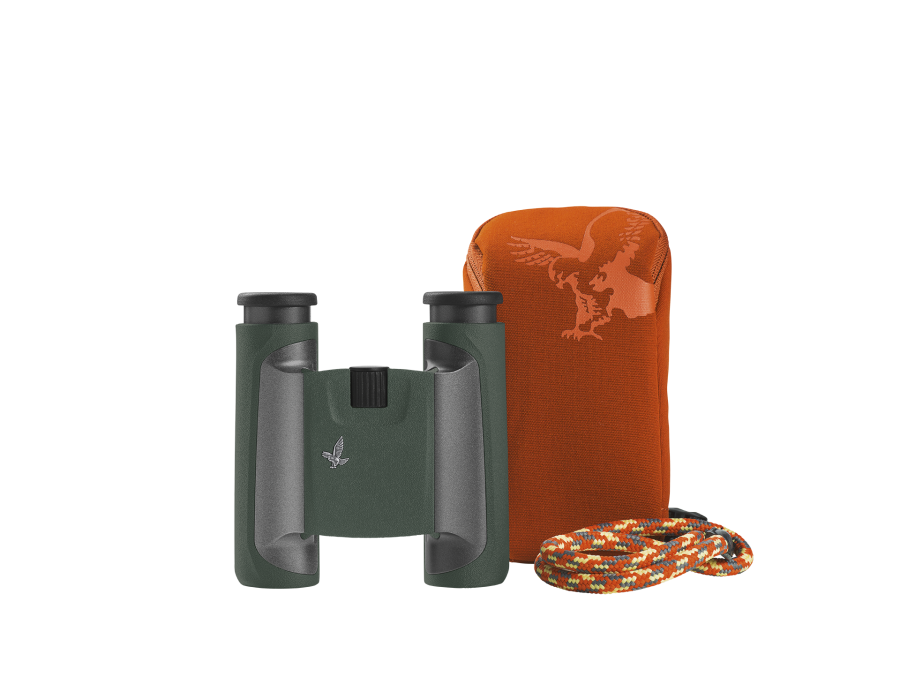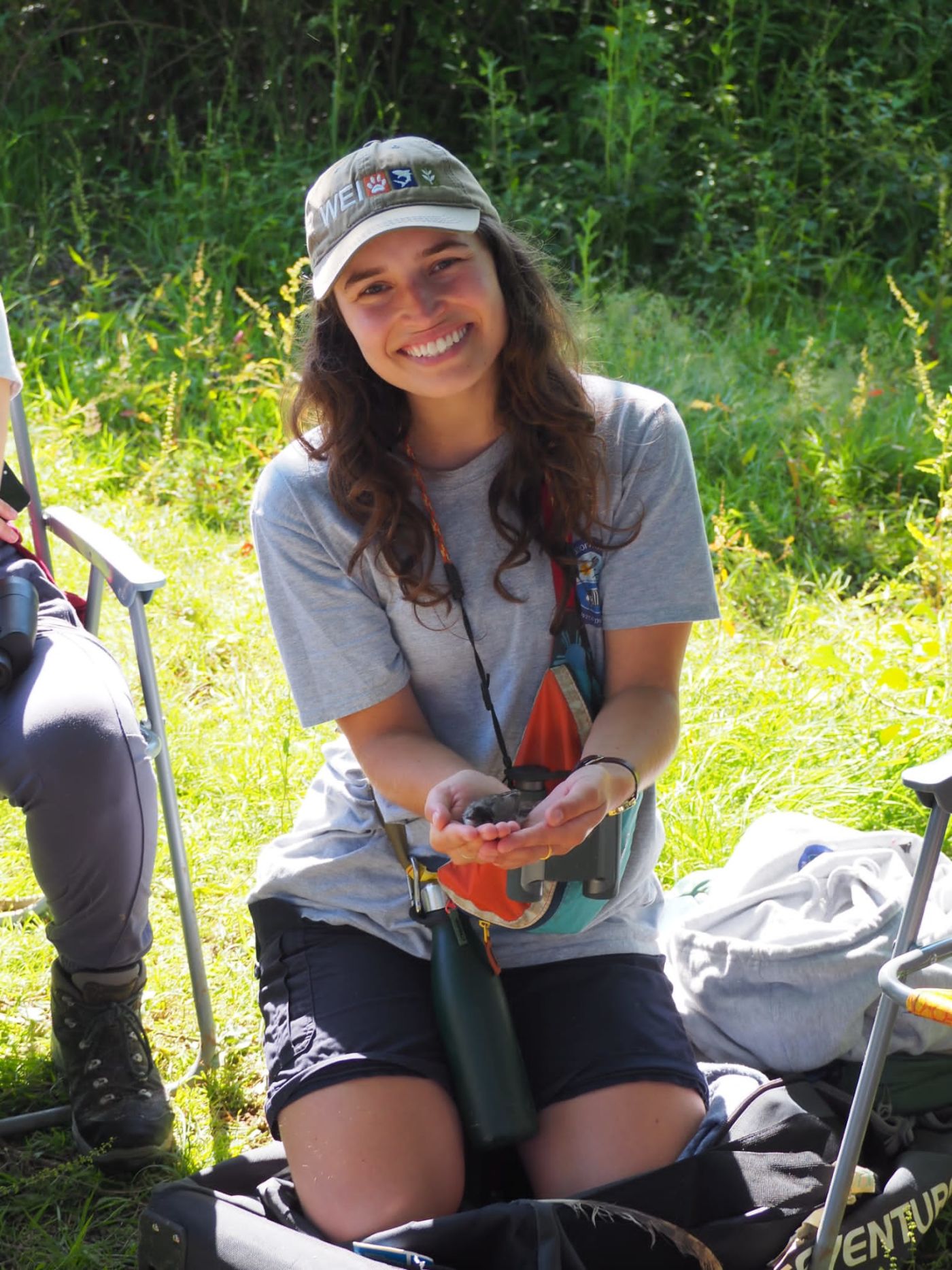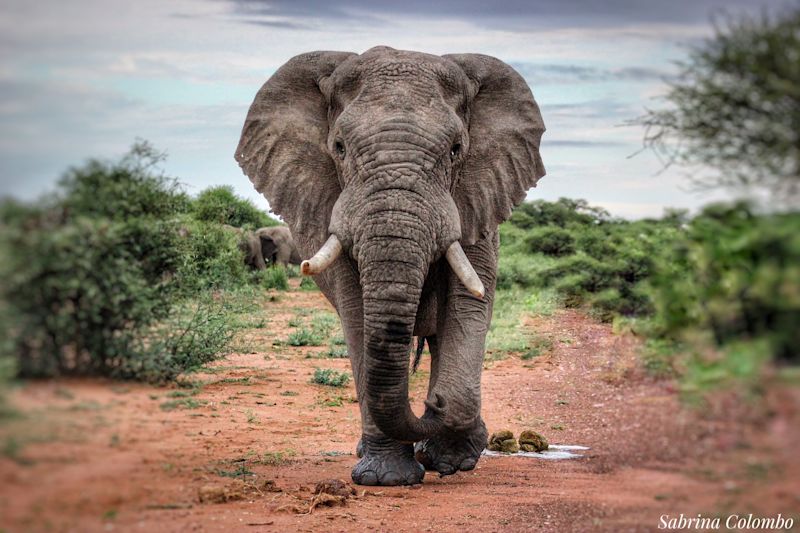In part one of this blog I discussed how gaining an understanding of the rewilding process by researching, working, and living at a rewilding site made me feel truly hopeful about the future of UK wildlife. In this part, I’m going to dive a little deeper into what that meant for me and how I’ve been doing things differently since then.
My Rewilding Experience
The first thing I learned about rewilding was when I spent a summer at the Knepp Estate in West Sussex. I spent a summer running a field skills course for school and university students. We had barely any phone signal, no internet, and only had electricity for a few hours of the day. It was 6 full weeks of using my binoculars more than my phone and I absolutely loved it. At times it was hard to believe we were only an hour’s drive from London. Each morning at about 4:30 we’d be woken up by the sound of bird song – definitely my preferred alarm clock!
Getting thoroughly stuck into nature like this in my home country changed my outlook on British wildlife and helped me imagine what it might have been like when our grandparents’ generation (and further back) would walk through the countryside and be surrounded by birdsong, knee-deep in pollinators, and sneezing from the pollen of wildflowers.
One of the things I’ve always loved about wildlife is how interconnected everything is. I’m not just talking about food chains, but also behavioral connections and the way microhabitats are created and utilized by different species. One of my favorite examples of this is seen in how revolutionary pigs can be when they’re in a rewilding setting.
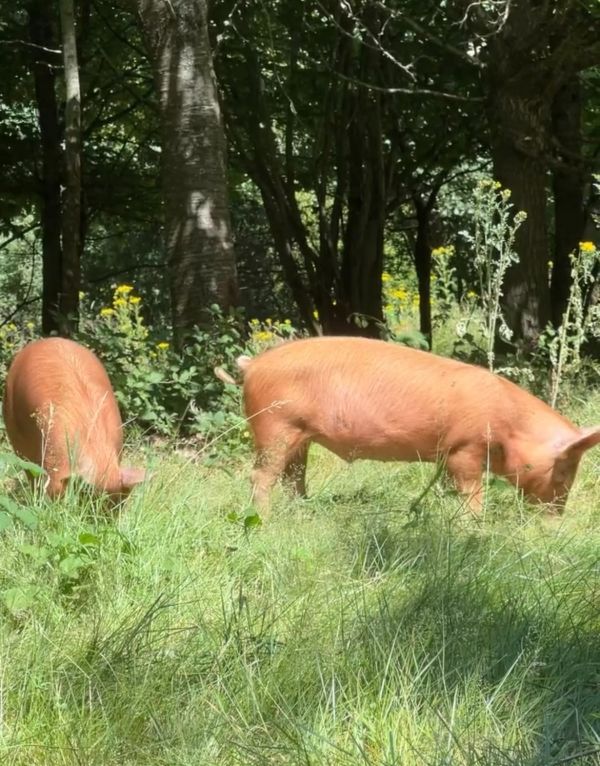
Rewilding in Action:
Pigs
Pigs are introduced to rewilding sites to fill the ecological role of their cousins, wild boars. Pigs use their snouts to rootle and turn over the soil to find roots, earthworms, and other invertebrates to eat. By doing so, they create patches of bare ground which are colonized by solitary bees. Over-turned clods of earth kick-start the creation of anthills which, in turn, provide food for birds like Green Woodpeckers (Picus viridis) which exclusively eat ants.
The bare soil exposed by pig’s rootling gives pioneer plants like sallow (hybridized willow) the chance to colonize the area. Sallow is the food source of the Purple Emperor butterfly. Before rewilding, there were no Purple Emperors on Knepp, and now there is the largest breeding population in the UK.
How pigs can feed the Turtle Dove
This rewilding site has seen a steady population of Turtle Doves (Streptopelia turtur), a species which is seeing massive declines in other parts of the UK and Europe. Turtle Doves are summer visitors to the UK, spending the winter in Sub-Saharan Africa and migrating more than 5,000 km to get there. They are the UK’s fastest declining bird species and are threatened with extinction.
One of the problems Turtle Doves have to face is a lack of food. They rely on the seeds of wildflowers, so declines in floral diversity has led to their downfall. Pig rootling provides opportunities for wildflowers like chickweeds, scarlet pimpernel, and vetchlings to colonize patches of bare ground and Turtle Doves benefit from this food source.
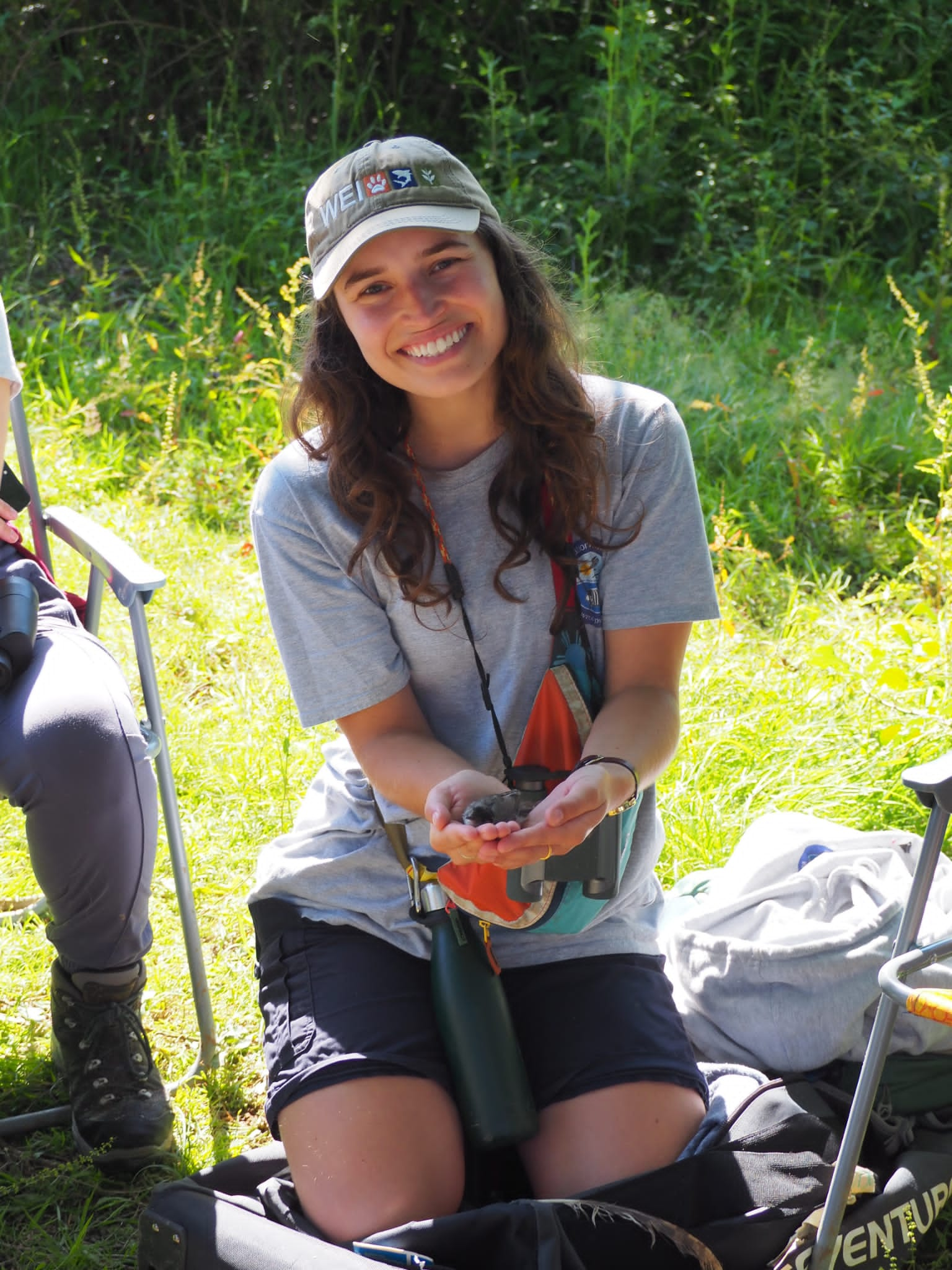

The Turtle Dove experience
Until 2022, Turtle Doves were just something I’d heard of in a Christmas carol. That’s until I heard the “turr” noise which they’re famous for myself – a noise that would have been commonplace a couple of generations ago. I cannot overstate how great that noise is! I finally saw a Turtle Dove for the first time at a rewilding site in Norfolk called Wild Ken Hill – it perched on a fence post in front of us for a few magical seconds.
Experiences like this are reminders that no matter what you’ve seen before or how much time you spend outside, nature can always surprise and delight you. The more you learn about wildlife, the more interesting it becomes – and there is always more to learn! Digging into British wildlife has made me feel truly hopefully about the potential for recovery we could see, and that we know the mechanisms we need to use to get there.
“No matter what you’ve seen before or how much time you spend outside, nature can always surprise and delight you.”
Bethany Newark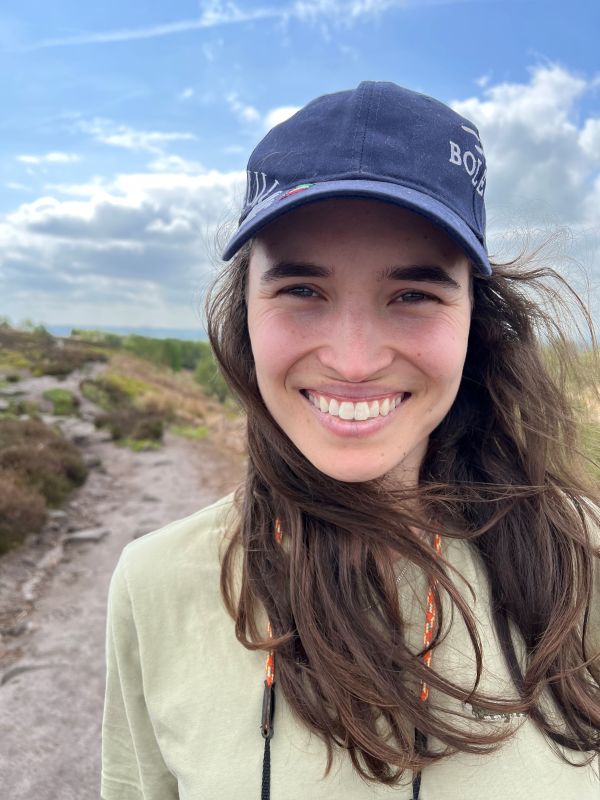
About the author:
Bethany Newark
Bethany Newark is a wildlife conservationist based in the UK. Beth has worked for wildlife organizations all over the world, but British wildlife is where her passion really lies. Beth specializes in wildlife communications and helping spread knowledge and passion for nature to different audiences through her TikTok (@beths_nature) and Instagram (@beths_nature) channels.
